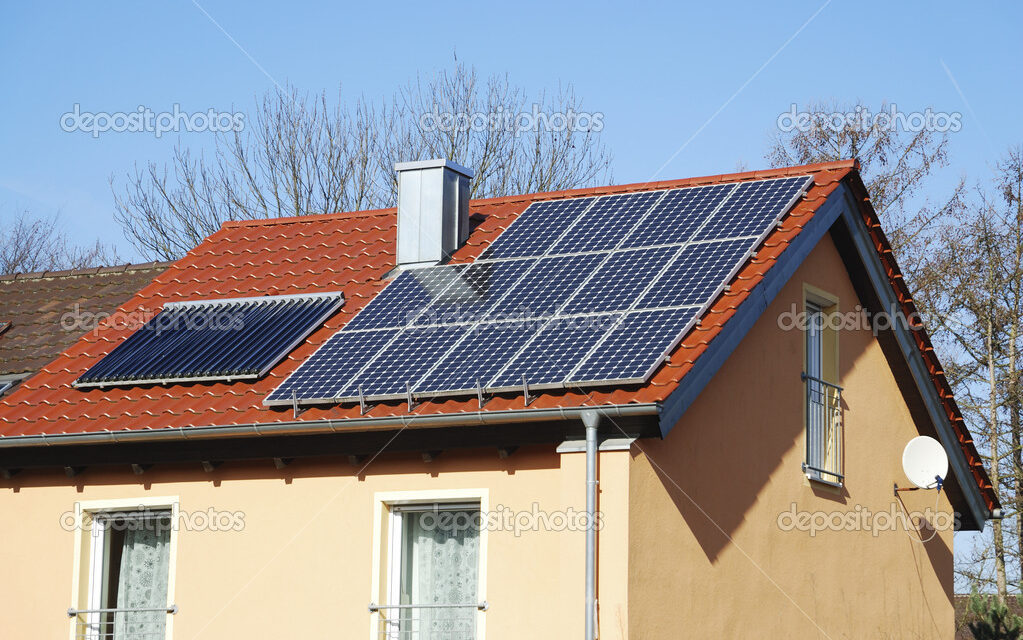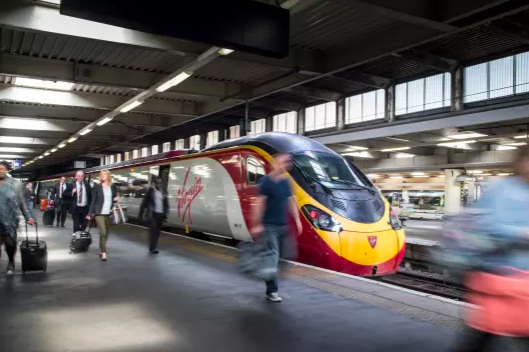At the outset, let’s debunk a common misconception: batteries aren’t a mandatory component for solar panels. Your solar setup will function just fine without them.
Without batteries in your solar system, there’s no need for a hybrid inverter. A standard inverter will suffice. If you’re scratching your head over what an inverter is it is a device that converts the electricity generated by your solar panels which is Direct Current or DC for short to AC or Alternative Current. AC is what your house uses.
If you have a battery as part of your pv system then you need what is called a hybrid inverter and needless to say it costs more than your standard inverter.
But what happens when you don’t connect a battery to your solar system? Any excess energy your panels produce that isn’t consumed by your household appliances is fed back to the grid.
This became less concerning after the introduction of the Feed In Tariff (FIT) in Ireland in February 2022. Prior to this, there was a rush to consume the generated energy to prevent it from returning to the grid without compensation. Now, depending on your energy supplier, you can earn between 10c and 20c for every kWh of power you export to the grid.
However, before you decide against installing a battery, consider this: while selling back power is profitable, buying it from energy providers isn’t as cost-effective. They’ll sell it to you at rates much higher than what they’ll pay for it.
Storing energy during peak production times and using it later can be more economical.
Other nations have seen FIT rates decrease after their initial introduction. If Ireland follows suit, the rate might drop in the coming years.
Moreover, during winter, solar panel efficiency dips. With batteries, you can capitalize on lower nighttime energy rates, charging your batteries then and using the stored power during daytime. This practice, known as grid shifting, can be financially advantageous.
I’ve personally seen the benefits. By charging my batteries between 2am to 4am, I often start my day with a full battery. Any excess energy generated in the morning gets exported to the grid, ensuring a steady profit.
In the event of a power outage, having a battery-equipped solar system can be a game-changer. Your system will typically include a plug socket, allowing you to power essential appliances. By maintaining a minimum charge in your battery, you can ensure power availability during unexpected outages.
With the rise of smart meters, varied tariffs based on the time of day are becoming common. Peak hours might come with heftier charges. A battery system lets you draw from stored power during these peak times, optimizing your energy costs.
In conclusion, while batteries aren’t a strict necessity for solar systems, they offer enhanced flexibility. They can help you optimize energy costs and provide backup during outages.
If you’re considering solar panels, then checks out Solar Shares Solar Survey which will guide you through battery options, ensuring you make an informed choice about your solar setup.


















